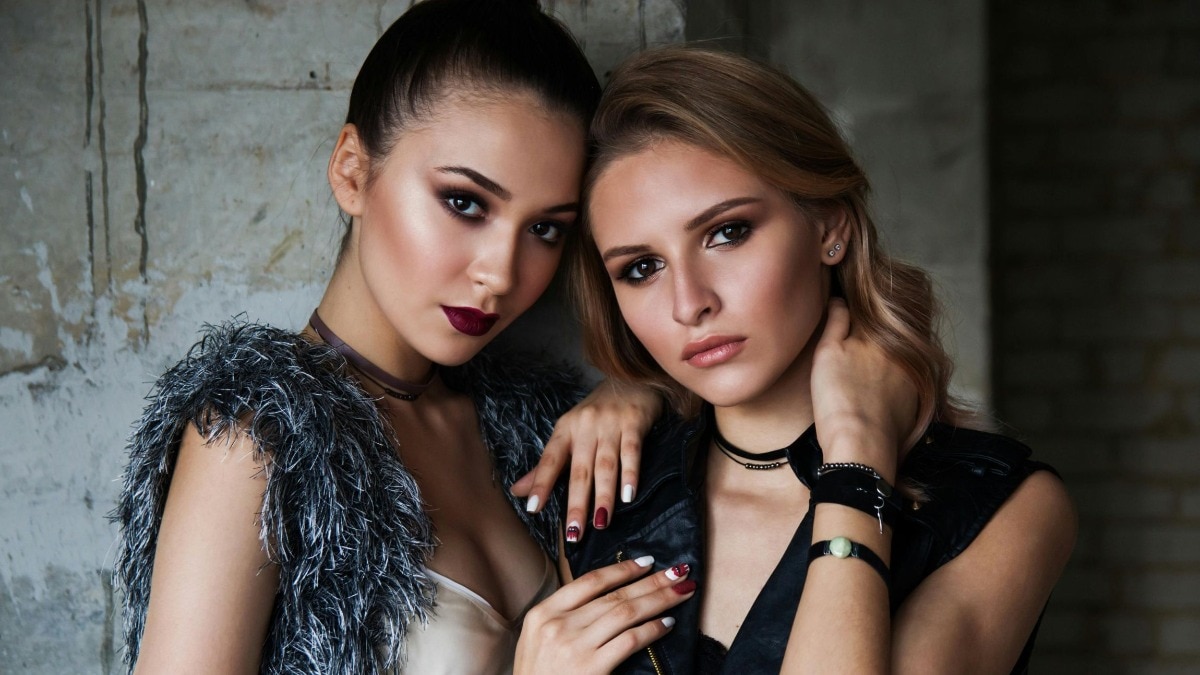What defines an ‘It’ bag today?
Experts weigh in on what it takes for a hit handbag to reach icon status.


Being able to create an accessory which goes on to be defined as an ‘It’ bag is the fantasy of most designers at major fashion houses. Not only is becoming part of the fashion conversation in such a way great publicity for the brand more generally, but the bag itself can become a key money-maker for, quite literally, decades.
Although some of the most well-known ‘It’ bags were first designed back in the 1950s, the concept actually only started to be talked about in the Nineties, when fashion brands were being bought up, huge luxury conglomerates were formed, and these, now creative directors, were suddenly tasked with making much, much more money. For many fashion houses, handbags became the answer to great profits. Not only are accessories the great unifier—in that bags, shoes, and jewellery are less limiting compared with the sizing of most ready-to-wear collections—but the mark up on designer handbags is huge. Creating one that becomes an absolute must-have item has brands laughing all the way to the bank.

But, when does a well-selling handbag become an ‘It’ bag? Today, what do we actually mean when we refer to this? Has it just become another dramatically overused term? Is it enough to have captured our attention for just a few seasons? Is it enough to be an era-defining cult accessory or, do they really need to have transcended trends for decades? How do we know when a bag hits that status?
“Defining an ‘It’ bag is a little like finding love, it’s something that you just feel in your gut,” Libby Page, market director at Net-a-Porter tells me. “There is no one size fits all, it is not something you can intentionally set out to create, a designer might have a feeling that they’ve made an ‘It’ bag but you really don’t know until you get it in front of the customer. The main idea is that it is has a strong design feature that makes it instantly recognisable—it could be something obvious like a logo, or something more subtle, like a clasp or its shape and size.”
Ceanne Fernandes-Wong, CEO and co-founder of luxury handbag rental and resale platform Cocoon, agrees. “They are novel in design—they either have a unique shape or silhouette, or a statement-making material or print.”

Every ‘It’ bag has to be instantly recognisable—it can’t be too similar to anything that has come before it, it has to make its own unique statement. Think how Balenciaga’s City, Dior’s Saddle or Fendi’s Baguette truly stand on their own in terms of silhouette. The first determinate of an ‘It’ bag is that it needs to be an innovative design, that seems indisputable.
Of course, great design means nothing if the bag doesn’t become popular. An ‘It’ bag needs to create a moment, it needs to be a hit. “An ‘It’ bag is the luxury bag that everyone desires—it is so famous because it is the bag of the season,” a spokesperson for resale site Vestiaire Collective explains, while Fernandes-Wong adds that the bag has to be “part of the zeitgeist”.
Indeed, some of the most indisputable ‘It’ bags have only reached the level of popularity needed because they have become synonymous with—and are even renamed after—the likes of Princess Diana, Jane Birkin, Grace Kelly, and Jackie Kennedy Onassis.
“Culture defines and dictates the ‘It’ bag of the moment,” The RealReal’s Rachel Glicksberg says. “We saw this in the Nineties with Sarah Jessica Parker and the Fendi Baguette. Now, influential names like Bella Hadid, Kendall Jenner and Hailey Bieber often play a large role in what makes a blockbuster ‘It’ bag.”
And of course, these days, a trend can form in a minute.
“In our social media age, trends move so fast that customers can barely get excited about a new trend before it is replaced by another—but, going viral on Instagram or TikTok can shift a style to ‘It’ bag status,” Fernandes-Wong says. She adds that some brands have navigated this rather well—take for instance the Prada Cleo, which was seen on the arm of every major influencer and tastemaker as soon as it launched, which sent demand soaring. “We can see the impact that it has had on sales as well as prices increasing for this model, but whether it will hold its long-term value remains to be seen.”
This can also be said for other wildly popular handbags that have been created over the past decade or so. There is no denying that Loewe hit the nail on the head with the Puzzle, that Jacquemus created a moment with its Chiquito or that Bottega’s Cassette has been a huge hit, but is it too soon to call these ‘It’ bags?
“For a style to be crowned with ‘It’ bag status, it has to have reached the peak of popularity and transcended the seasonal collection cycle time after time,” remarks Laura Fletcher, brand manager at Open For Vintage. “It has to represent a timeless and eternally sought-after product.” Fashion stylist Tilly Wheating agrees: “An ‘It’ bag for me has to stand the test of time—some of the most popular handbags were created over 30 years ago and still hold that top spot. Timelessness is essential.”
But, a bag doesn’t necessarily have to have remained popular since launch to be considered an ‘It’ bag—many come back around time and time again. They are revived and experience another 'fashion moment'.
“Once a bag has had that popularity and becomes an icon then naturally, it will have longevity,” MyTheresa’s Tiffany Hsu says. “But it might be that it needs to be revived again and again.”
This has certainly been the case for some of the most popular handbags of the last few years—those which have been re-released or revived decades after they first became popular. Take Fendi’s New York show last September, which was entirely devoted to the Baguette, or Gucci’s recent Jackie 1961 campaign.
“Renewed interest in Nineties’ fashion has led to a surge in demand for Dior’s iconic Saddle bag and Fendi’s Baguette—these are vintage styles which have reclaimed their ‘It’ bag status,” Fernandes-Wong explains. “With social media now fuelling the resurgence of trends from the 2000s and 2010s, we can expect old friends like the Celine Luggage Tote and Louis Vuitton’s Speedy to have another moment in the near future.”
In that sense, it can be difficult to judge what will truly achieve ‘It’ bag status while we're living through it. Some may soar wildly in popularity, only to drop off, but re-emerge again decades later.
“An ‘It’ bag has to include a combination of these factors,” Page argues. “It can be very popular and feel relevant to a seasonal style, but also transcend trends. Some of the best ‘It’ bags have felt very inclusive of a certain era or trend, but they have then gone on to become wardrobe icons that still feel relevant today.”
It may not be straightforward therefore to judge whether or not a bag has reached that coveted ‘It’ bag status—and it might be that we cannot comfortably label anything with this word until at least a few decades have gone by. But, if the design is so unique that it has become instantly recognisable, if the bag has carved out a significant space in popular culture, and is flying off the shelves, we can certainly assume that it is well on its way to achieving that highly desirable label of 'It' bag.
This piece originally appeared in Harper's Bazaar UK










